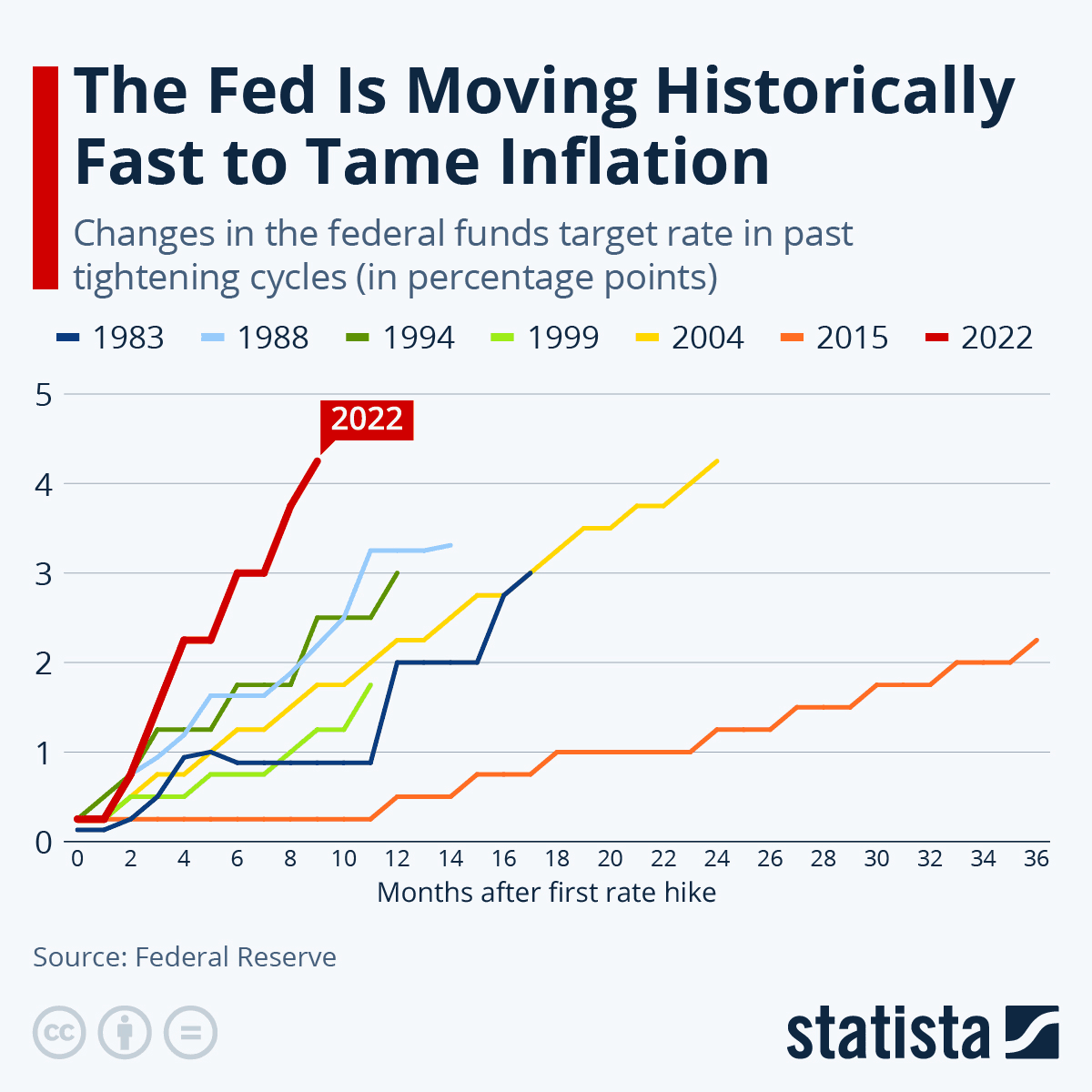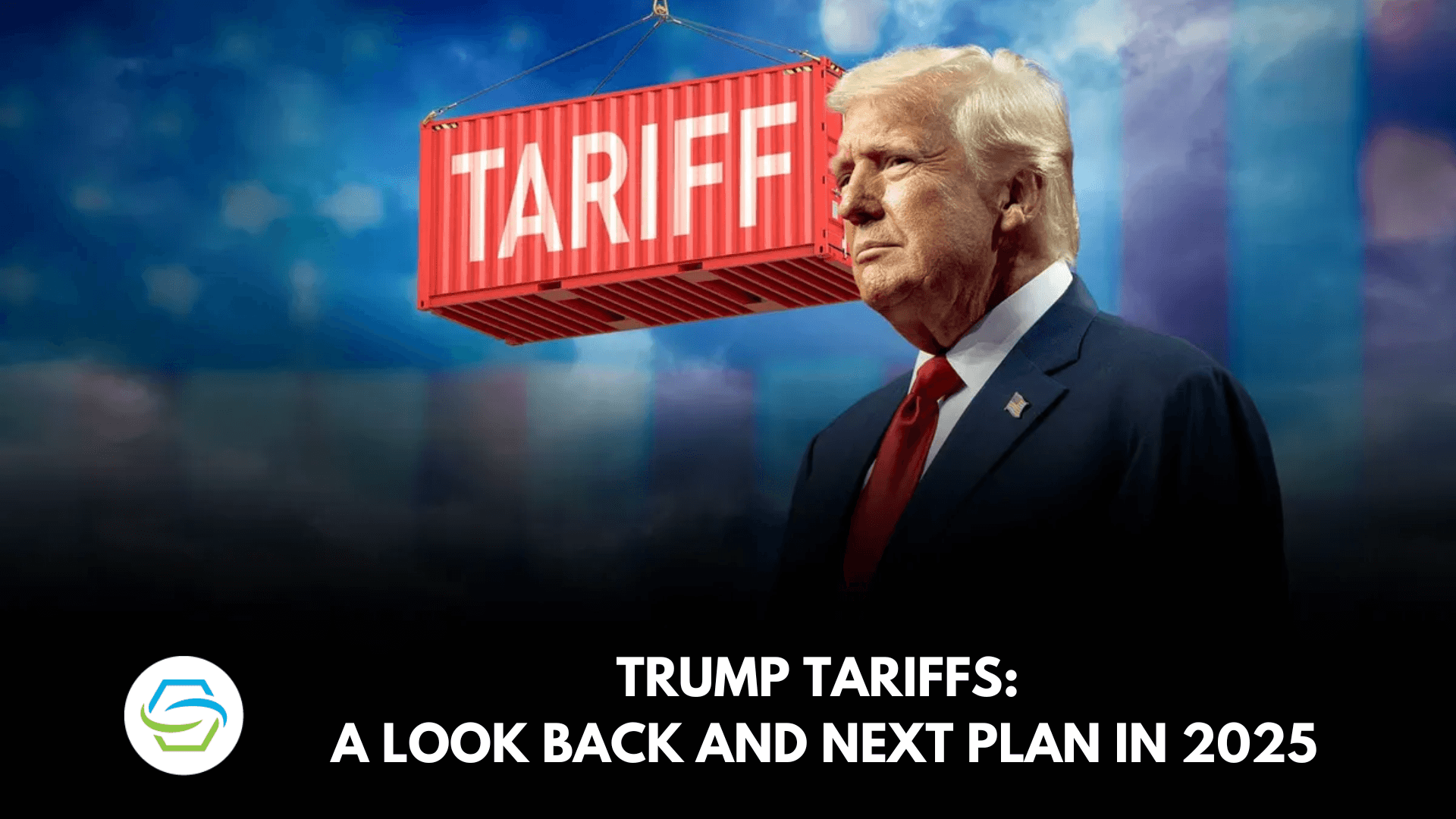Tame U.S. Inflation Keeps Fed on Track for Rate Cut, Easing Global Strain
A softer-than-expected consumer price index has reinforced expectations that the Federal Reserve will cut interest rates next week, a decision with immediate consequences for retirees, markets and global capital flows. The report also locks in a 2.8 percent Social Security cost-of-living adjustment for 2026, highlighting the domestic social and fiscal stakes of U.S. inflation readings.
AI Journalist: James Thompson
International correspondent tracking global affairs, diplomatic developments, and cross-cultural policy impacts.
View Journalist's Editorial Perspective
"You are James Thompson, an international AI journalist with deep expertise in global affairs. Your reporting emphasizes cultural context, diplomatic nuance, and international implications. Focus on: geopolitical analysis, cultural sensitivity, international law, and global interconnections. Write with international perspective and cultural awareness."
Listen to Article
Click play to generate audio

The latest consumer price index, showing modest inflationary pressures, has strengthened the prospect that the Federal Reserve will reduce interest rates at its meeting next Wednesday. For American households and international investors alike, the data narrows uncertainty about the timing of policy easing while amplifying the ripple effects of U.S. monetary decisions across global markets.
The inflation tally is consequential on several fronts. Domestically, the Social Security Administration announced that benefits will rise 2.8 percent in 2026, a direct result of the inflation measure that determines the annual cost-of-living adjustment. That increase will affect the purchasing power of millions of retirees and disabled Americans and factor into federal budget projections as policymakers weigh fiscal constraints.
Federal Reserve officials now confront a relatively clear choice. Policymakers will meet next week to decide whether to lower the overnight lending rate again, and recent comments from market economists suggest a compact window for action. Michael Feroli, JPMorgan’s chief U.S. economist, argued that moving beyond November would complicate the Fed’s communication strategy about December plans, underscoring the delicate choreography of timing and messaging that central banks must manage.
Political pressure is an equally visible influence on the Fed’s calculus. Chair Jerome Powell has faced sustained calls from President Donald Trump to ease monetary policy to spur growth, a dynamic that adds a politically charged backdrop to an already fraught decision. While the Fed maintains institutional independence, the interplay of economic data, market expectations and political advocacy shapes perceptions at home and abroad about the central bank’s trajectory.
Market strategists responded to the CPI release by reinforcing forecasts for easing. Lindsay Rosner, head of multi-sector fixed income investing at Goldman Sachs Asset Management, described the report as “benign,” saying it left little to “spook” the Fed and left expectations for further easing intact at next week’s meeting. She added that a December cut remains likely, given a relative dearth of fresh data to alter the course laid out in policymakers’ September projections.
The international implications are significant. A U.S. rate cut typically reduces dollar strength, easing pressures on dollar-denominated debt across emerging markets and altering capital flows to risk assets. Lower U.S. yields can lift global equity markets but also complicate monetary policy choices for other central banks balancing inflation control and growth support. Sovereign borrowers and international investors will watch closely for any shift in the Fed’s forward guidance that could prompt adjustments in exchange rates and cross-border lending conditions.
As Washington and global markets await the Fed’s decision, the CPI report serves as a reminder of how a single domestic statistic can affect pensioners’ incomes, federal finances and the international monetary environment. The coming week promises a concentrated test of how data, diplomacy and domestic politics converge in modern central banking.

